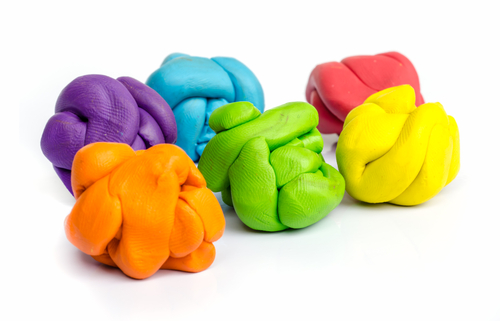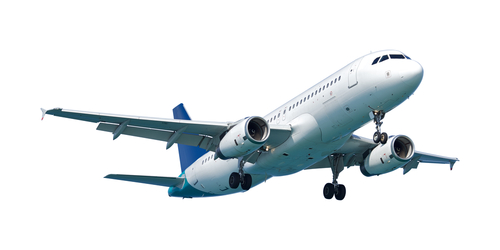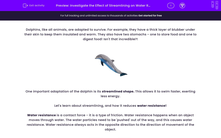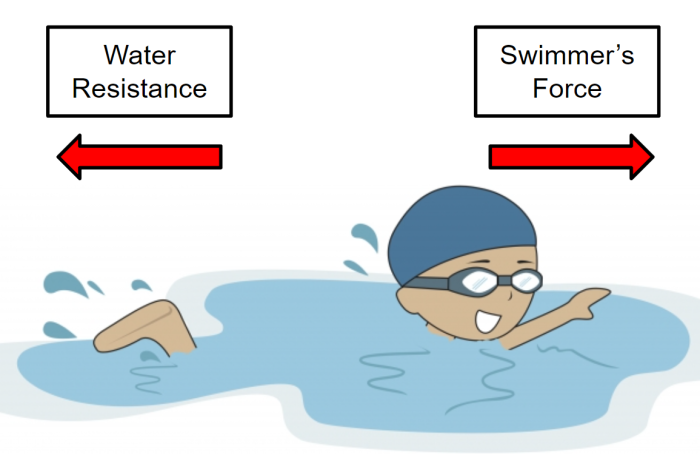Dolphins, like all animals, are adapted to survive. For example, they have a thick layer of blubber under their skin to keep them insulated and warm. They also have two stomachs - one to store food and one to digest food! Isn't that incredible?!
.jpg)
One important adaptation of the dolphin is its streamlined shape. This allows it to swim faster, exerting less energy.
Let's learn about streamlining, and how it reduces water resistance!
Water resistance is a contact force - it is a type of friction. Water resistance happens when an object moves through water. The water particles need to be 'pushed' out of the way, and this causes water resistance. Water resistance always acts in the opposite direction to the direction of movement of the object.
Some key factors affect the size of the water resistance force:
1) The greater the speed of an object, the greater the water resistance.
2) The greater the surface area of an object, the greater the water resistance.
Another important factor that affects water resistance is streamlining.
A streamlined shape for an object allows water to flow over it more easily, reducing the water resistance.
.jpg)
Boats are designed to be streamlined. For the boat above, the underside is curved and rounded, to allow water to flow past it more easily.
We can investigate different shapes to identify which ones are the most streamlined through simple experiments.
Below is a description of such an experiment.
1. Take a large, tall measuring cylinder and fill it with water.
2. Then, take four pieces of plasticine and use a scale to ensure they are the same mass.

3. Form the pieces of plasticine into four shapes: cube, sphere, cuboid and teardrop-shaped.
4. Drop each piece of plasticine into the water. Time how long it takes to reach the bottom of the cylinder.
The faster the plasticine reaches the bottom, the more streamlined the shape.

We can write a hypothesis for this investigation. A hypothesis is an explanation that you can test with some sort of experiment.
Here is a good hypothesis for this experiment: "The shape of an object affects how much water resistance it experiences because some shapes are more streamlined than others."
Using a hypothesis, we can write a prediction. Predictions are always related to a hypothesis and apply to a specific experiment.
Here is a good prediction for this experiment: "The teardrop shape will reach the bottom of the cylinder fastest, as it has the most streamlined shape."
Here are some example results for an experiment like this.
| Shape | Time Taken (s) |
|---|---|
| Cube | 2.25 |
| Cuboid | 1.80 |
| Sphere | 1.20 |
| Teardrop | 0.60 |
We can see that the teardrop shape fell fastest, indicating that our prediction was correct. In fact, this is one of the most streamlined shapes, and you see it frequently, for example, plane wings are shaped like this.

Now let's check our understanding with some questions!









